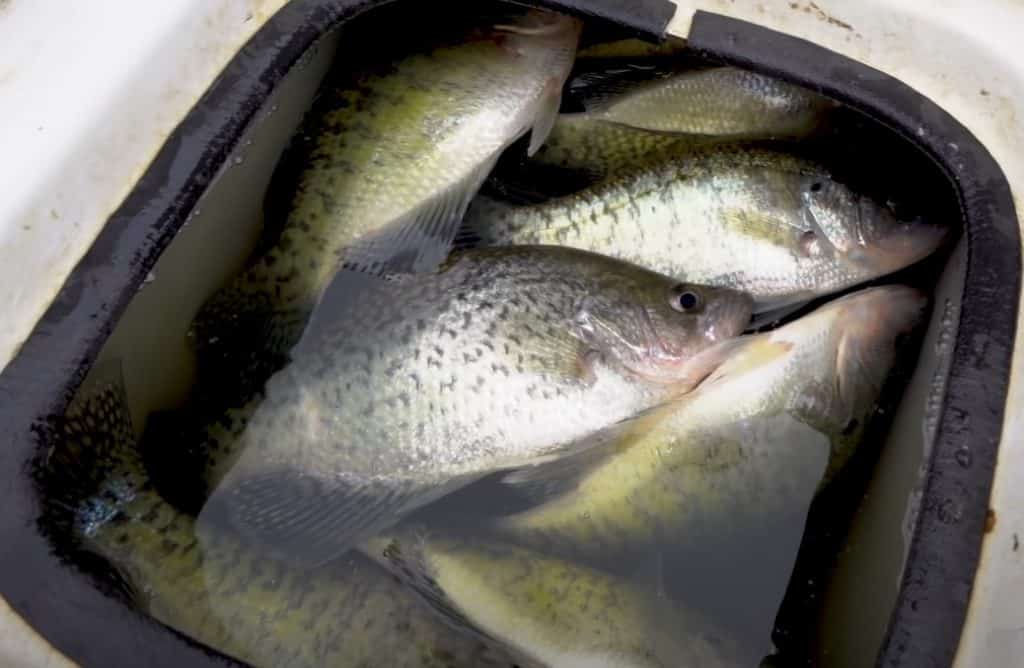
Anglers have long debated the effects changing barometric pressure has on their crappie fishing. Many feel crappie habits change drastically with the changes in barometric pressure and your fishing methods should be changed to accommodate these, while others feel the differences are so minimal that you don’t need to adjust a thing.
Barometric Pressure and Crappie Fishing
What is known is that changes in barometric pressure do have an impact on fish and that this can influence their activity, so there is some truth that crappie may act differently according to the air pressure on any given day.
So, what type of changes can you expect, and can you use these to your advantage?
How Does Barometric Pressure Effect Fish?
Studies indicate that various organisms are affected by changes in atmospheric pressure, perhaps most notably with fish. This is due to the air bladder, an organ fish use to extract air from water drawn in through their gills, which feels the changes in pressure.
The effect that this has on the bladder can cause changes in the fish activity, including crappie, resulting in the fish moving to and from deeper waters depending on the atmospheric pressure.
So, if you know what changes to expect in crappie behavior due to the barometric pressure, you can have a successful day fishing regardless.
Falling Barometer – Take Advantage
When barometric pressure is falling, be sure to take advantage as this can cause crappie to become highly active in their feeding, especially in the springtime during pre-spawn. The fish are much hungrier as there is little pressure on the air bladder, so expect lots of movement and feeding.
You can focus on the shallower waters near the shoreline, using appropriate shallow bait and either a crankbait or spinner bait for a wider coverage area when casting.
Be warned though – dropping pressure indicates a storm on the horizon, which is where the old adage that fish bite best before the storm comes from!
Rising Barometer – Less Active but Still Catchable
A rising barometer will mean that weather is generally calm and clear, which can improve activity for crappie but won’t be anywhere near as active compared to dropping barometer. The fish won’t quite be in the deepest waters so you can get bites, with things like bright lures and casting near cover helping to increase the chances of a bite.
Try both deep and shallower casts, as the crappie could be at varying depths depending on the atmospheric pressure. Also, be mindful that if the barometer is rising but the pressure is low, then there will be much less activity.
High Pressure – Focus on Deeper Areas
When there is high pressure the fish tend to be less active. Crappie is likely to head into deeper waters and be much slower in their movement, so use appropriate methods like a vertical jig and casting near cover where crappies are likely to frequent.
Be warned though – extremely high pressure usually sees the crappie to become very inactive in deep water, so you won’t get much luck during these conditions.
Low Pressure – Possible Bites Before the Storm
As low-pressure results in stormy conditions, crappies are generally in deeper waters and you probably won’t be trying to catch anything in this type of weather. However, in the few hours before the storm, activity may be high as the crappie feed before moving to deep water, so you might be able to get some good bites in the calm before the storm!
Related: